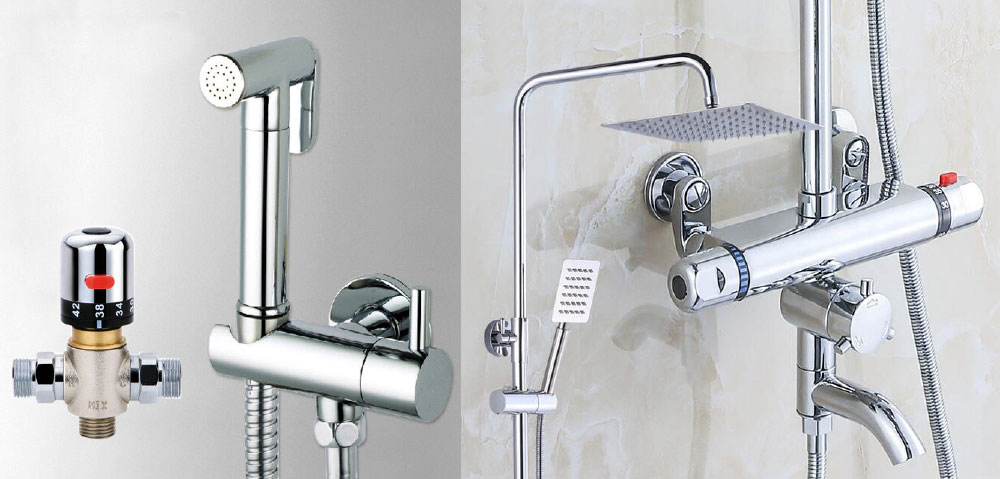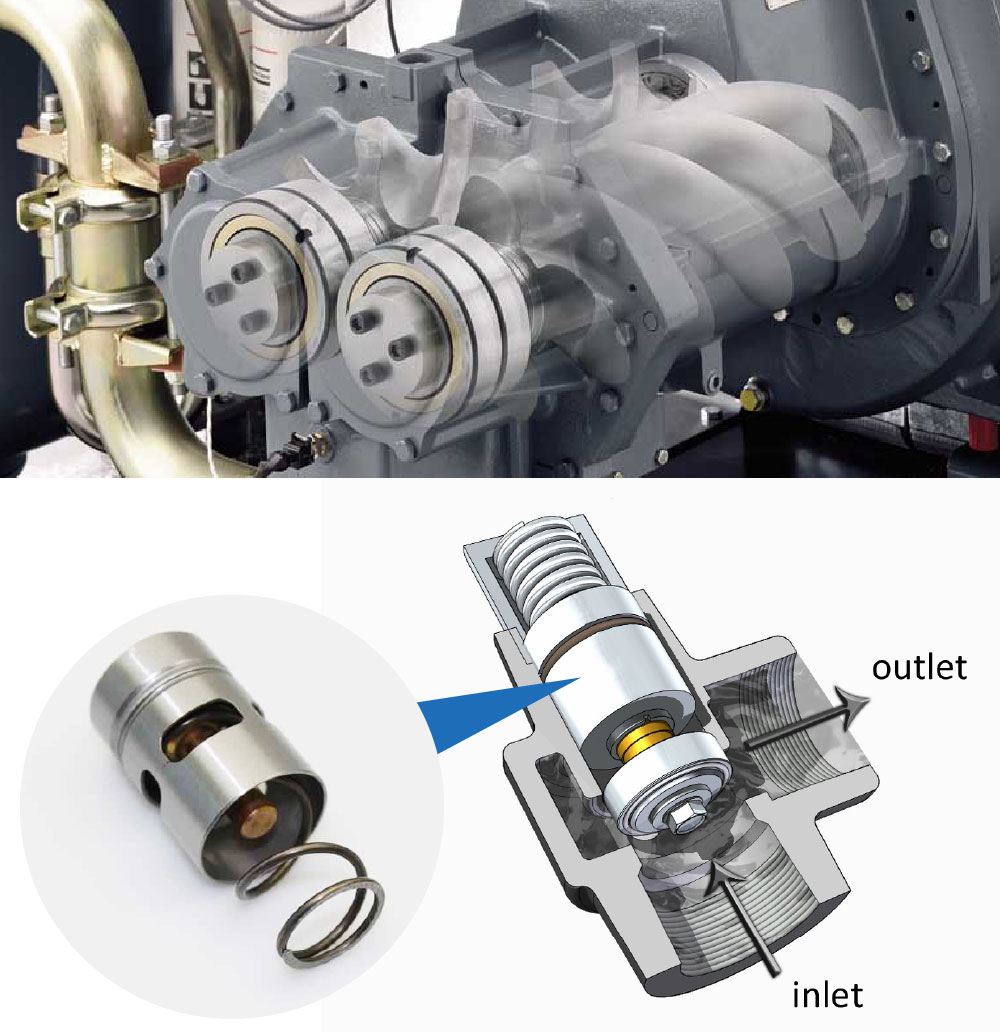With the development of digital audio technology, broadcasting audiences are increasingly demanding to listen to radio programs. If audiences have obvious differences in sound quality when they change channels or multiple programs, audiences will regularly adjust the volume to a suitable level. How to keep the sound quality of all programs in a uniform level in radio transmission of broadcast audio is particularly important. After years of development, FM broadcasting of Shizuishan Radio and Television Station has carried out propaganda business in the whole city and the whole district. However, in the current broadcasting process, the forms and sources of radio programs are extensive, including self-made columns, satellite signals, hotline telephone interviews, interactive programs, live broadcasting, etc. Sound size is inconsistent, loudness is difficult to unify, and the performance parameters of equipment for later recording and broadcasting are also different. Some foreign programs are directly input into the broadcasting system without being reproduced and processed. As a result, the sound level of different programs often varies greatly, resulting in loudness changes. When listeners switch channels or listen to broadcasting festivals. The volume should be adjusted according to the source of the program.
In the long run, this will bring discomfort, irritation and even fright to the audience, seriously affecting the listening effect. Therefore, thermostatic element for broadcasting, the most important problem is to obtain consistency of loudness and avoid damaging the sound quality. VIO DAP Digital Audio Processor (DAP) is a device that manually adjusts the gain of one or two audio channels embedded in 16 channels of digital signals. VIO ALC and VIO DAP can be separately equipped with VIO RCP-A remote control panel for remote control and audio monitoring. RS485 communication connection between host and remote control panel is in the form of BNC interface. The design structure is simple and the cost of system design is greatly reduced. At the same time, two-channel high-quality full-frequency monitoring speaker is provided, which can monitor the processed audio at any time. Frequency effect, greatly meet the professional radio and television system requirements.

Professional audio automatic loudness control processing technology ensures smooth transition of equal loudness of different audio sources and effective noise suppression, and audio has no delay. At the same time, it supports manual gain audio adjustment mode and maximum support for multiple formats of embedded audio processing input of 16 channels. Internal 20 bit digital processing, true. Positive broadcast output quality.
The host provides an independent DVI-D audio waveform display interface. It can monitor the audio data before and after processing in real time. It can cooperate with the independent remote control panel. It provides a high-quality full-frequency monitoring speaker. It not only meets the application of professional and non-professional audio processing field, but also saves the cost of system design. The standard 1RU machine Redundant design of frame type, double power supply and circulating ventilation system fully ensure the stability and reliability of the equipment. Input and Output Voice Scale: The Peak and Peak Voice Scale is displayed in digital audio dBFS.

The two on the left are the volume indication of CH1 (or CH3) and CH4 embedded in the first group (or the second, third and fourth groups) of audio, and the two on the right are the processed output volume indication of the two channels corresponding to the input. The display range is 0 to – 40 dBFS. Channel Selection Area: This area is used to select which two channels in which group of audio is embedded in the digital input signal to be processed. By pressing the button below and clicking on the wheel, the “G1 CH1/2” represents the CH1 and CH2 channels of the first group, the “G1 CH3/4” represents the CH3 and CH4 channels of the first group, and so on. VIO ALC and VIO DAP only support the processing of two channels at the same time.
Direct and working mode switch button: This button is used for fast switching VIO ALC or VIO DAP through and working mode. When the button is pressed, the device is in BYPASS state when the button is turned on. At this time, the input signal is output directly by-pass without equipment processing. When the button is pressed again, the device is in working state when the button lamp is off, and the signal is processed and output according to the audio processing device. Automatic loudness control and manual gain mode switch keys: when the keys are pressed, the keys are out, the device is in automatic loudness control mode; when the keys are pressed, the keys are bright, and the device is in manual gain control mode.

Channel selection and loudness value, gain value set function area: The three-digit digital tube in this function area is used to display the specific value of the target volume value or gain value set. When the device is set to the automatic loudness control mode, the digital tube displays a numerical value representing the target volume control value, which can be displayed in the range of 0-30 dBFS. At this time, no matter how large or how small the audio is embedded in the input signal source, the output audio (according to the selected channel) automatically passes through the loudness meter according to the set target volume value. After calculation, the output loudness is uniform and stable around the volume value, which ensures the consistency of output loudness. When the device is set to manual gain control mode, the digital tube display value represents the gain value, which can be displayed in the range of – 20 to 20 (no sign at display time), in unit of dB.
At this time, if the value displayed is “-**”, then the digital tube will display the gain value in the range of – 20 to 20 (no sign at display time). The selected channel in the input signal source is output after reducing the volume of ** dB. If it is shown as **, then the selected channel in the input signal source is output after increasing the volume of ** dB (** represents the specific value). The knob on the right side of the function area is used to change the value displayed by the three-digit digital tube. The value of clockwise rotation increases while the value of counter-clockwise rotation decreases. The knob is pressed inward once to select which of the two channels selected in the “Channel Selection Function Zone” will be processed separately or jointly. The two green lights on the left side will display the selected channel simultaneously (currently, the device only supports simultaneous processing of the two channels, but does not support separate processing, so at present, the device only supports simultaneous processing of the two channels. The function of single pressing the knob inward is invalid. Note: For VIO DAP products, only manual gain control mode is supported, so the digital tube will only have a numerical display between – 20 and 20. Power Supply and Input Signal Status Indicator: When the operator faces the tail of the chassis, the right power supply correctly connects to the power supply, the PSU-2 blue indicator lights up, and the left power supply correctly connects to the power supply, the PSU-1 blue indicator lights up. When the input signal is normally connected, SD/HD green indicator lights up and no signal indicator lights out.
When the EDH information error occurs in the input signal, the EDH red indicator lights up, and when the EDH information of the input signal is normal, the EDH red indicator lights out. Firstly, it determines whether the physical connection such as the network line is normal and the wireless connection is impassable, and whether the firewall has been closed. Then use ping command under MS-DOS of operating system to test whether the network data link is available; if not, try to enter arp-d command, and then Ping to determine whether the network is available. Finally, after typing in the correct IP address to ensure that the network is free, make sure that the firewall is closed and if not, try to replace a control host to control it, which may be related to the loss of some files in the operating system. Using ping command under MS-DOS of operating system, we test whether the network data link is through, and then try to reopen the web connection device after typing the arp-d command. According to the steps described in “System Help” in the web page, it can be solved step by step after installing the plug-in.
